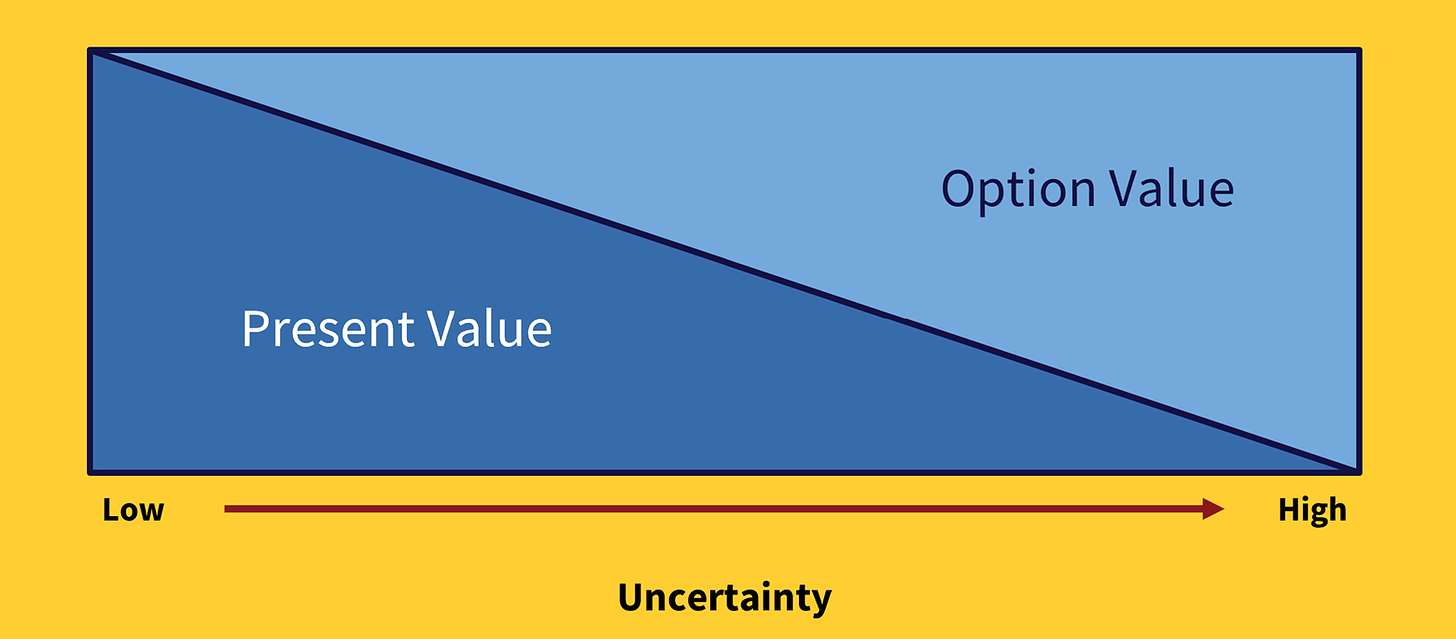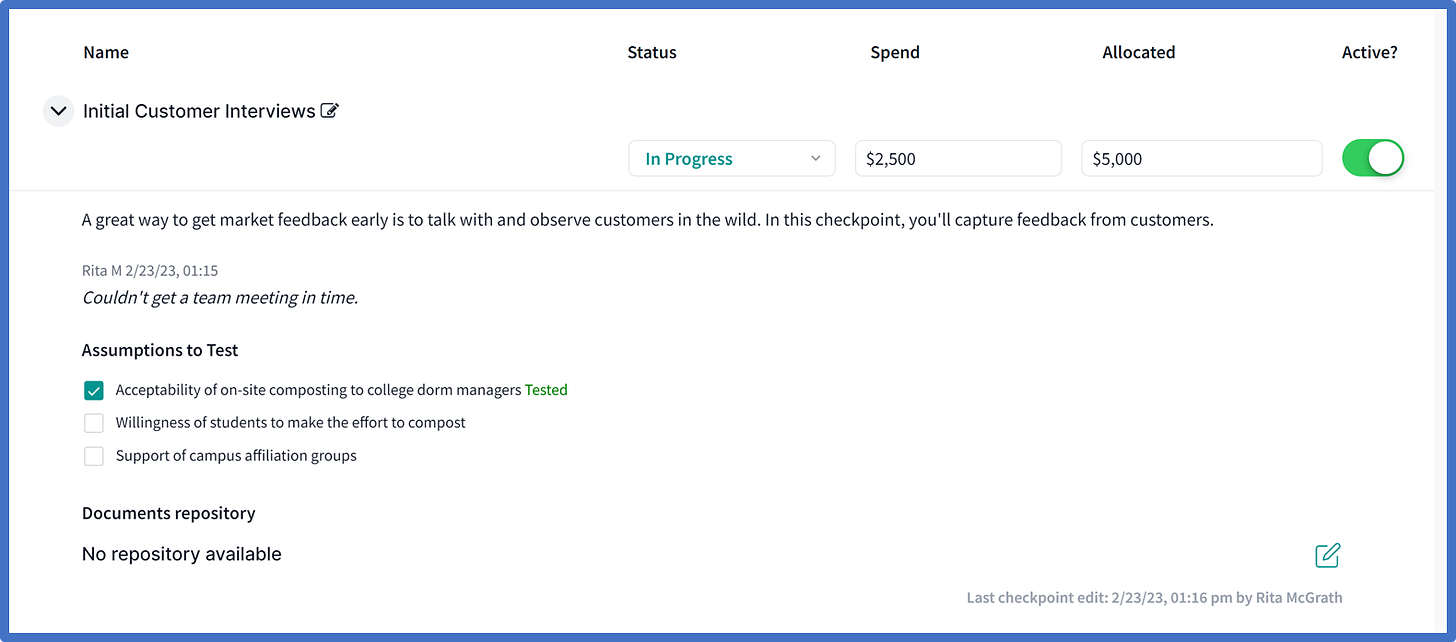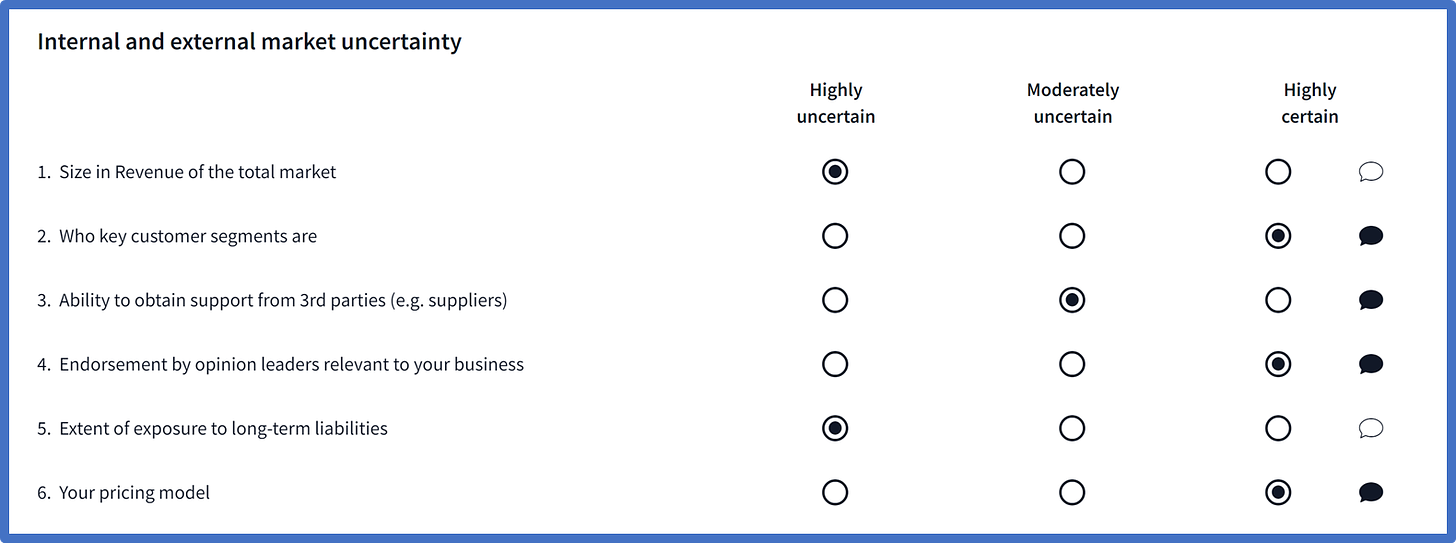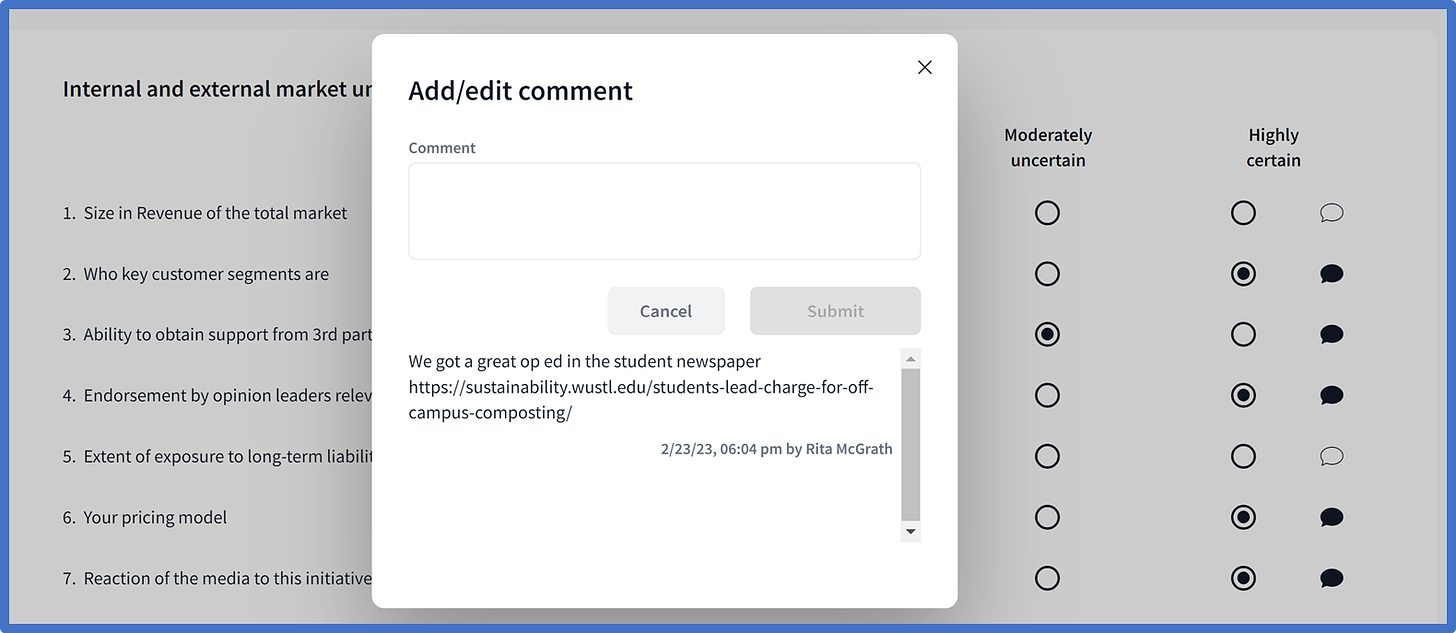There’s an app for that – teaching discovery driven planning in the entrepreneurship curriculum
Mar 02, 2023I’m often asked whether it is possible to teach entrepreneurship – or more importantly – having an entrepreneurial mindset. Well, I can’t teach you passion or hard work. What I can teach you is how to de-risk projects and how to build the right kind of plan.
Fascination with entrepreneurship education
While it’s hard to remember these days, there was a time when entrepreneurship education was seen as a niche offering for a small audience. My mentor and co-author Ian MacMillan is widely regarded as having laid much of the groundwork for the burgeoning field, with the creation of the global entrepreneurship network, founding of the journal Journal of Business Venturing, creation of the first truly global database studying cross-cultural aspects of entrepreneurship and among the first empirical research in the field.
Since then, interest in entrepreneurship education has exploded. As Heidi Neck points out, the topic of starting a new venture has gone way beyond business schools to becoming incorporated in degrees in the arts, public sector and many other places.
But that much being said, teaching entrepreneurship is tricky. Although instructors are often quite comfortable with conventional business plans and pitch decks, these are often not the most fruitful way for students to learn how to build a new venture.
Instead, as I and many other educators argue, a better approach to teaching future entrepreneurs and innovators is to do two things. One is to have them actually doing the work – you can read all the books you want, but until you have had to wrestle with figuring out a highly uncertain problem for real, you haven’t learned the skills. A second is that the discipline appropriate to a new venture is different than the discipline used to approach planning for a more mature business.
Option Value – the heart of de-risking ventures
With a conventional plan, one plans over the whole life of a project on the assumption that it will continue through to some stage of completion. With a discovery driven plan, in contrast, the assumption is that most things aren’t going to end up as planned. Instead of more conventional ideas of value, with a discovery driven plan you are very deliberately creating option value – the right to make a choice to commit (or not) only after more information is available.
You can think about it this way:

When you are in a low-uncertainty situation, when the next time period is highly like the previous one, the conventional tools of management make sense. On the other hand, as uncertainty increases, the value you are creating is the right to make a choice at some point in the future – and that choice could be to continue, to redirect or to exit. And the greater the uncertainty, the greater the number of assumptions you are making about the business.
Here’s where the de-risking comes in: since you have the ability to stop an option-type investment, you are not exposed to the entire downside that you might be if you had to commit to completing the project. You can simply stop investing. In other words, you can effectively limit the downside of your investments while hopefully preserving the upside.
The SparcHub software for educators
That concept sounds reasonable, right? And yet I find that when educators try to reinforce this with students, the concept seems very hard to grasp. This was a major motivation to create an app that would act as a spine, or guide, for the process of building new ventures.
We reinforce the right way to approach an uncertain venture in every part of the software. As he will tell you, it embeds the kind of mindset that entrepreneur Jay Steinfeld brought to his venture, Blinds.com. It’s about smart risk-taking.
To create a new project, a student or a team complete this input page.

Notice that we have asked the students to complete their best guess about the eventual size of the opportunity – so far so good. But, rather than a painful (and time-wasting) effort at estimating what it would cost to develop this offering, we instead have basically said, “we are willing to spend $250,000 to figure out if this idea makes any sense.” From a risk point of view, the only amount that is risked, for now, is the $250,000 exploratory budget.
With a conventional plan, you estimate all the revenues and costs. With a discovery driven plan, you estimate total upside versus a containable, measurable downside that it will take to find out whether the idea makes sense.
Allocating time and money to checkpoints
With exploratory funds (whether real or classroom-based) in place, the next step in building out the plan is to determine which checkpoints, or early tests, will teach us the most about the critical assumptions we are making. These are completely flexible and can be customized by the students, or the instructor can create a pre-existing template.
In the software, we connect the budget for a project directly to the activities related to what the team is doing to learn. This happens in the checkpoint module, and it looks like this:

Notice that $250,000 total exploratory budget is shown here. We also can see that $5,000 has been allocated to some kind of learning activity and $2,500 has been spent to date. What this does is ensure those providing funding to a venture or a project that the spending is disciplined – we have laid out how much we are allowed to spend all along the way.
Turning to an actual checkpoint, we can see how much budget was allocated to it, when it is to be completed, what assumptions the team hopes to test and which they have tested in some way. The detailed checkpoint screen looks like this:

There are many useful learning points this structure allows you to reinforce. One is the connection between level of spend and risk of the checkpoint – in the early days, when uncertainty is highest, you want to keep spending low. As the teams learn, they can increase spending with greater confidence. In this example, you’ll see that the teams have done some interviews and spent $2,500.
If you wanted to read the interview transcripts or get more detail, your students can connect the system to whatever document repository you like to use – Dropbox, Box, Teams, Google Drive, you name it. That gets added to the SparcHub system and it will take you immediately to that repository.
Capturing learning
At each checkpoint, students can enter what they are learning as they do the actual work of defining their concept. They do this in the checkpoint details page. Comments are captured in real time and you can go back and reference them. The reason this is valuable is that over the course of a semester or a few months, assumptions tend to be forgotten. With this functionality, the students can enter their discoveries and capture their learning as it happens.
What is also great as an instructor is that, without asking for papers to be handed in or tedious project update PowerPoint presentations, you can just follow their thought process and make suggestions as appropriate. It also allows you to distinguish between the students who “get it" and are approaching the testing of assumptions in a rigorous way from those who are just going through the motions or who haven’t got the right approach.

Reducing uncertainty systematically
The system also allows students to score their projects on the basis of risk factors that can lead to project failure. This list comes from my own research of ways in which not being clear about what is driving the business can cost teams dearly. They capture their understanding of emerging risk by scoring their opportunities against questions regarding different elements of their business model. In the beginning, we assume that all elements are “highly uncertain.”

As the teams learn, they can change the scores to reflect greater levels of confidence. The system also allows them to store comments so that other team members and the faculty can see why they scored a particular uncertainty element a particular way. This again provides the faculty with the opportunity to gauge whether the students are building greater capability at testing and learning.

As you can see in this example, the students were scoring the uncertainty “endorsement by opinion leaders” and were able to put a link to a favorable student newspaper report as evidence. Now anyone can access the basis upon which this view of uncertainty was made.
There’s more
The system also allows you to set up strategic scorecards that are unique to your classroom, to capture ideas and sort them, and to look at the overall progress of a whole class’s projects and the progress of each student or group within it.
How and who might use this?
We see several potential audiences for this. In the MBA and Executive MBA classroom, this could be used in conjunction with the teaching of specific techniques and can capture the effectiveness of students’ use. In Executive Education, it can help participants make progress on a real project. And in corporate development settings, it could be used to create greater coherence among teams and more widespread understanding of the techniques of discovery driven planning across the organization.
We envisage the software being sold the same way textbooks are – the students would simply buy an instance on a credit card and have access to it for a given duration.
What’s next?
We’re going to run a beta for educators beginning at the end of March, 2023 and going through May. We hope to be able to have some classes up and running as early as the summer of 2023! Contact Jacora Kiser – Jacora @ Valize.com if you are interested in joining. SparcHUB Demo

